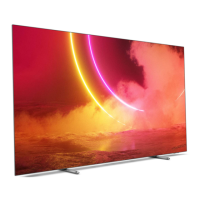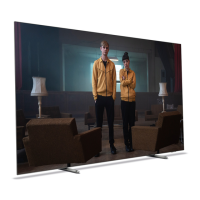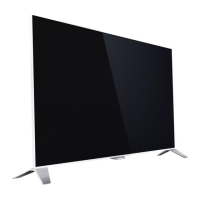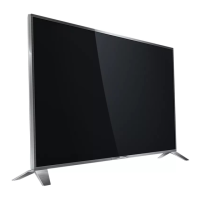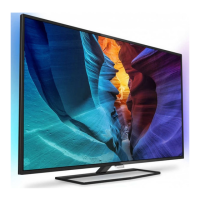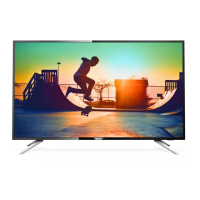
Do you have a question about the Philips 55OLED873 and is the answer not in the manual?
| Screen shape | Flat |
|---|---|
| Response time | - ms |
| Display diagonal | 55 \ |
| Display brightness | - cd/m² |
| Display technology | LED |
| Native aspect ratio | 16:9 |
| Native refresh rate | 60 Hz |
| Supported video modes | 1080p |
| Display diagonal (metric) | 139 cm |
| Screen format adjustments | 16:9, Zoom |
| Supported graphics resolutions | 3840 x 2160 |
| Motion interpolation technology | - |
| Audio decoders | DTS, DTS-HD |
| RMS rated power | 50 W |
| DVI port | No |
| RF connector type | F |
| HDMI ports quantity | 3 |
| USB 2.0 ports quantity | 2 |
| S-Video inputs quantity | 0 |
| Audio Return Channel (ARC) | Yes |
| Component video (YPbPr/YCbCr) in | 1 |
| Consumer Electronics Control (CEC) | EasyLink |
| Package depth | 190 mm |
| Package width | 1400 mm |
| Package height | 880 mm |
| Package weight | 22930 g |
| Processor cores | 4 |
| Teletext standards | Hyper-text |
| Audio formats supported | AAC, MP3, WAV, WMA |
| Image formats supported | BMP, JPEG, PNG |
| Video formats supported | AVI, H.264, MKV, MPEG1, MPEG2, MPEG4 |
| Subtitle formats supported | SMI, SRT, SUB, TXT |
| Battery type | AAA |
| Ambient lighting type | 3-sided |
| Sound enhancement technology | Smart Sound |
| Tuner type | Analog & digital |
| Analog signal format system | NTSC, PAL, SECAM |
| Digital signal format system | ATSC |
| Video apps | YouTube |
| Wi-Fi standards | Wi-Fi 4 (802.11n) |
| Product color | Black |
| Panel mounting interface | 300 x 300 mm |
| Cables included | AC |
| AC input voltage | 220 - 240 V |
| AC input frequency | 50 - 60 Hz |
| Power consumption (standby) | 0.5 W |
| Operating temperature (T-T) | 5 - 35 °C |
| Programming period | - day(s) |
| Firmware upgradeable via | Auto upgrade wizard, Network, USB |
| Depth (with stand) | 227.5 mm |
|---|---|
| Height (with stand) | 768.6 mm |
| Weight (with stand) | 17210 g |
| Depth (without stand) | 47.5 mm |
| Width (without stand) | 1230 mm |
| Height (without stand) | 715 mm |
| Weight (without stand) | 16810 g |
How to find your TV's model and serial number and register it for benefits.
Accessing the TV's built-in help, user manual, and diagnostic tools.
Finding support, FAQs, and downloading manuals from the Philips website.
Contacting Philips for support, service, or repair needs.
Procedures for updating TV software via internet or USB for improved performance.
Identification and function of remote control buttons and components.
Emphasizes reading all safety instructions before operating the TV.
Guidance on positioning the TV on a stand or wall for optimal viewing.
Instructions for switching the TV on, putting it in standby, or turning it off completely.
Connecting antennas, HDMI, Component, and Composite video sources.
Setting up audio devices via HDMI ARC and Optical Audio Out for sound output.
Connecting smartphones and tablets via Wi-Fi Miracast, MHL, and using the Philips Remote App.
Installing channels, optimizing weak signals, and managing channel options like audio language.
Creating, editing, searching, filtering, and locking channels.
Managing favorite channels and setting audio and menu languages.
How to record current programs or schedule future recordings.
Using the SETUP button for frequent settings and accessing all TV settings.
Selecting preset picture styles, customizing settings, and restoring defaults.
Adjusting color, contrast, brightness, and expert settings for picture quality.
Optimizing motion, reducing artifacts, and setting picture aspect ratio.
Adjusting contrast, gamma, and resolution for detailed picture.
Adjusting motion smoothness, clarity, and residual image effects.
Critical instructions to prevent electric shock, injury, fire, and damage.


